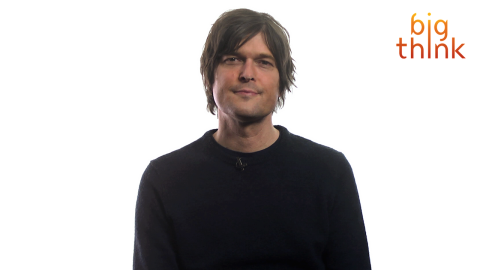David Butler: How to Avoid a “Kodak Moment”

There was once a time not so long ago when the phrase “Kodak Moment” was a ubiquitous expression of sentimental value. It was a moment to capture. A memory to immortalize. And it was the branding crux of a major industry juggernaut since felled and forgotten:
This commercial is so dated it could have been made in the Paleozoic Era. The mom snaps a photo with (presumably) a film camera. When was the last time you saw a film camera being advertised? Heck, when was the last time you saw any sort of camera peddled toward mainstream consumers? Mom may as well be hawking mail-order compact discs or 1-800-COLLECT.
There are plenty of other “Kodak Moment” ads still on YouTube, some even branching into digital. This ad, for example, isn’t even five years old and it already feels like ancient history. It’s important to note that during its heyday in the 1970s, Eastman Kodak had a 90% market share of photographic film sales in the United States. In 1997, that number was a still-respectable 75 percent. Today, it’s got close to zero stake in consumer photography, instead surviving as a digital imaging company while (barely) continuing to make movie film. Half the people you know probably don’t realize Kodak is still a thing. It feels like the sort of brand already long since passed.
This isn’t meant to be a sanctimonious dance on Kodak’s grave. There is no grave after all (at least not yet) even though “Kodak Moment” is as fitting now an epitaph as it was then as a slogan.
Author and designer David Butler mentions that phrase — “Kodak Moment” — in today’s featured Big Think interview. Butler is the vice president of Innovation and Entrepreneurship at Coca-Cola. He’s also got a brand-new book titled Design to Grow: How Coca-Cola Learned to Combine Scale and Agility (and How You Can Too). Here’s an excerpt from Design to Grow’s Amazon synopsis:
“In today’s world, every company is at risk of having a “Kodak Moment”—watching its industry and the competitive advantages it has developed over years, even decades, vanish overnight.”
And here’s Butler in the interview, embedded just below:
“Every large company or brand or product must adapt to be relevant. Every company is right now afraid of having a Kodak Moment. You can imagine that the people inside of Kodak looking at the iPhone and calling it a toy at some point, now they’re not. So that’s what every large company, every brand should be looking at and frankly avoiding.”
Butler’s book — and really, his job — is about avoiding becoming a company like Kodak. It may sound preposterous to imagine a world in which Coca-Cola loses its footing as a major force in business. It’s got ubiquity on its side, after all. It’s got high-velocity inertia. We don’t order soda; we order Coke, even if we have to settle for the generic.
Of course, perhaps it would have sounded similarly outrageous in 1976 if we predict Kodak’s demise. It was technological innovation that left Kodak behind. It could be any of a myriad of different factors that could one day threaten Coca-Cola’s position at the top of the soft drink industry.
What Butler explains in the video above and in his book is how Coke has taken advantage of its status as an iconic brand to adapt with the times. As society changes, Coke evolves as well:
“In the early ’60s when there was a lot of cultural change, they had a point of view on race relationships. And remember the Mean Joe Greene commercial where Mean Joe Greene tosses his shirt to the kid? Anyway this is what makes brands iconic, having a point of view around the world around them.”
In building on this, Coke has time and time again leveraged its assets in new ways by exploring opportunities outside its core business. This is how it plans to avoid its own Kodak Moment; its own “Coca-Cola Moment.” As Butler explains, Coca-Cola is always ready and willing to adapt. It’s vital to its survival that it does.





